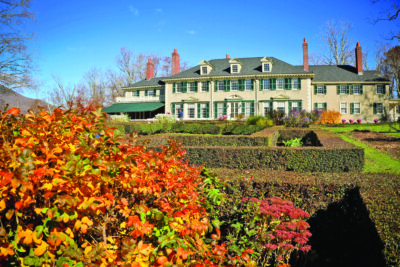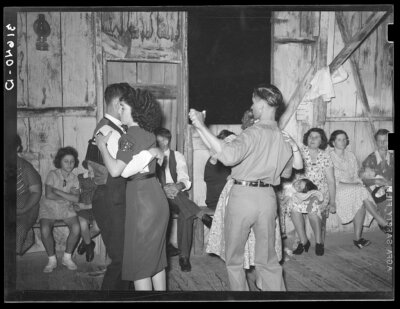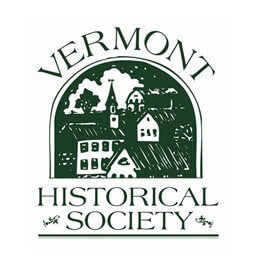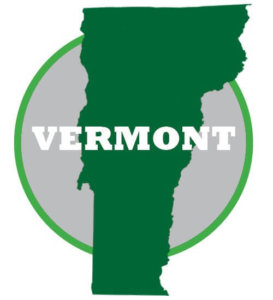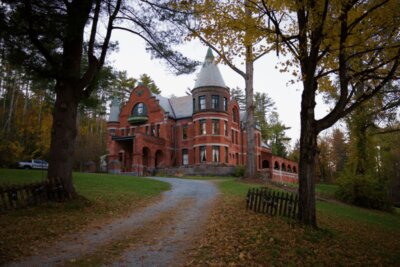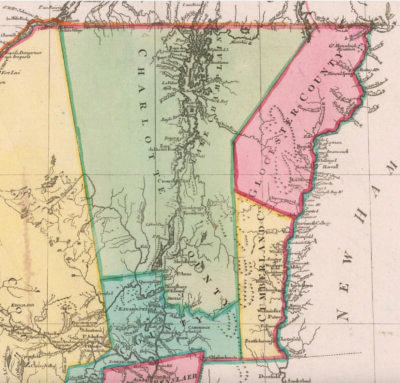Charlotte History
[vc_row][vc_column][vc_column_text]School #4
Early in the history of Vermont, people placed a high value on education and developed an organization around one of the basic tenets of Vermont independence: local control. This is a legacy being systematically dismantled by our legislature over several decades. Today’s education leaders undervalue the quality of the education provided by schools of the past, as they undervalue the role of students’ parents. In each of Charlotte’s Districts, the parents designed, paid for and built the structure, maintained it, supervised the curriculum and hired the instructor. Naturally, the person employed was critical to the success of the program, and sometimes was a recent graduate of the school.
In his 1897 essay, “The Population of Towns and in Praise of Common Schools,” W.W. Higbee writes, “Stop a minute, some of you men and women from 50 to 65 years old, as good business men and women as can be found every day, and tell me how much schooling did you ever get outside of the old district schoolhouses? Perhaps two or three at some academy. … The bulk of it you dug out in the district school. The tendency was toward them then, not away from them. … The question remains whether the parents of the children in the old district form are not just as competent to provide for them as … a ‘board of directors,’ and perhaps not one of them with a child to educate. Do some of the ‘new methods’ increase or lessen our personal interest in schools?”
A basic education of the time prepared students either to take their places in society, or to move on to more advanced education at an academy. Many attended an academy in Hinesburg, Vergennes or Williston. In 1860, Charlotte teens Martin Eno, Esther Burnham and her younger brother Alfred, attended the co-ed Barre Academy, under principal J.S. Spaulding. The English department taught “the ordinary branches, together with the higher mathematics, moral and intellectual philosophy,” while the classical department taught Greek and Latin, ancient geography, history, algebra, and geometry. Both departments emphasized composition and declamation. Tuition was $3 for each three-month term, with room and board provided for an additional $1.75 to $2 per week.
In this issue, we skip School #3 to allow for more investigation and visit School #4, which was on the west side of Mt. Philo Road, just south of the intersection with Hinesburg Road.
The school has been incorporated into a family residence but is still recognizable.
For more about the history of Charlotte’s schoolhouses, you can check out the library’s website. [/vc_column_text][/vc_column][/vc_row][vc_row][vc_column][vc_carousel2 images=”22859,22860,22861″ img_size=”medium”][/vc_column][/vc_row]
Related Stories
Popular Stories
If you enjoy The Charlotte News, please consider making a donation. Your gift will help us produce more stories like this. The majority of our budget comes from charitable contributions. Your gift helps sustain The Charlotte News, keeping it a free service for everyone in town. Thank you.
Andrew Zehner, Board Chair



